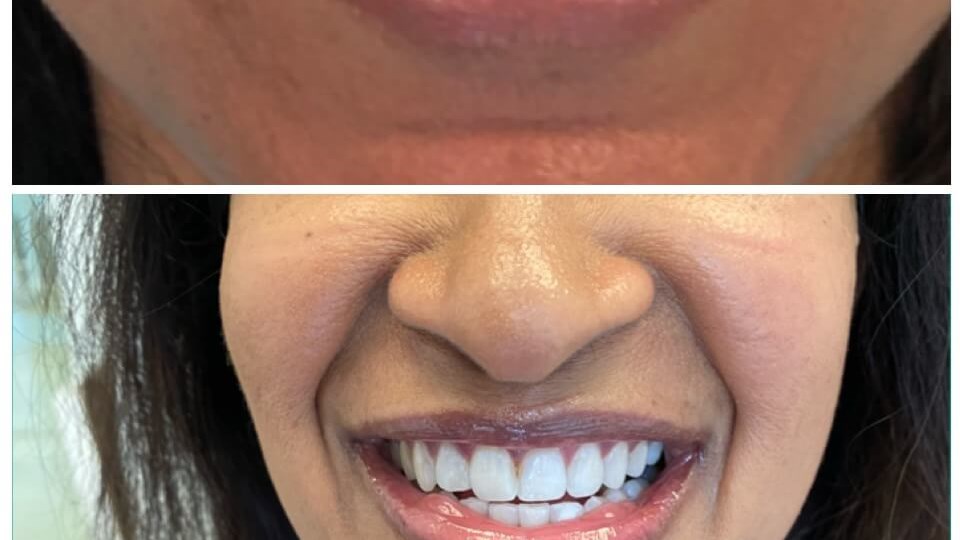Achieving Straight Teeth with Invisalign: A Clear Path to a Beautiful Smile
&srotate=90)
A radiant and confident smile is something everyone desires. Having straight teeth not only enhances your appearance but also contributes to better oral health. Traditional braces have been a reliable solution for aligning teeth, but they often come with noticeable metal brackets and wires. In recent years, Invisalign has revolutionized the field of orthodontics, offering a discreet and comfortable alternative to achieve a picture-perfect smile. In this blog post, we will explore the benefits and advantages of Invisalign as a modern orthodontic treatment.
1. What is Invisalign?
Invisalign is a cutting-edge orthodontic system that utilizes a series of clear, custom-made aligners to gently shift teeth into their desired positions. These aligners are made from smooth and transparent plastic, making them virtually invisible when worn. Unlike traditional braces, Invisalign offers a more aesthetically pleasing solution, allowing users to smile confidently throughout the treatment process.
2. Advantages of Invisalign:
a. Discreet Appearance: As mentioned earlier, one of the most significant advantages of Invisalign is its discreet appearance. Since the aligners are transparent, they blend seamlessly with the teeth, making them hardly noticeable to others.
b. Comfort and Convenience: Invisalign aligners are custom-made to fit snugly over the teeth, offering a higher level of comfort compared to traditional braces. Additionally, they can be easily removed for eating, brushing, and flossing, making maintaining oral hygiene a breeze.
c. Shorter Treatment Duration: Invisalign treatment typically takes less time compared to traditional braces. Depending on the complexity of the case, most Invisalign treatments can be completed within 12 to 18 months.
d. Digital Technology: Invisalign employs advanced digital technology, such as 3D imaging and computer simulations, to create precise treatment plans. This technology allows orthodontists to monitor progress more accurately, resulting in better outcomes.
3. The Invisalign Treatment Process:
a. Consultation: The first step towards a straighter smile with Invisalign is a consultation with a qualified orthodontist. During this initial visit, the orthodontist will assess your teeth and determine if Invisalign is the right treatment for you.
b. Custom Treatment Plan: If Invisalign is deemed suitable, the orthodontist will create a personalized treatment plan using advanced imaging technology. This plan will outline the gradual movement of your teeth throughout the treatment.
c. Receiving the Aligners: Once the treatment plan is finalized, a series of custom aligners will be created for you. Each set of aligners will be worn for about two weeks before moving on to the next set, gradually shifting your teeth into the desired position.
d. Regular Check-ups: Throughout the treatment, regular check-ups with your orthodontist will be scheduled to monitor progress and make any necessary adjustments to the treatment plan.
4. Is Invisalign Right for You?
Invisalign is an excellent option for a wide range of orthodontic issues, including crowding, gaps, overbites, underbites, and crossbites. However, its effectiveness depends on individual cases. Consultation with a skilled orthodontist will help determine if Invisalign is the right treatment for your specific needs.
Conclusion:
Invisalign has revolutionized the world of orthodontics by providing a discreet and effective way to achieve straight teeth and a beautiful smile. With its numerous benefits, including a virtually invisible appearance, comfort, and shorter treatment duration, Invisalign has become a popular choice for individuals seeking orthodontic treatment. If you dream of achieving a perfectly aligned smile without the hassle of traditional braces, consider Invisalign as a clear path to your dental transformation.